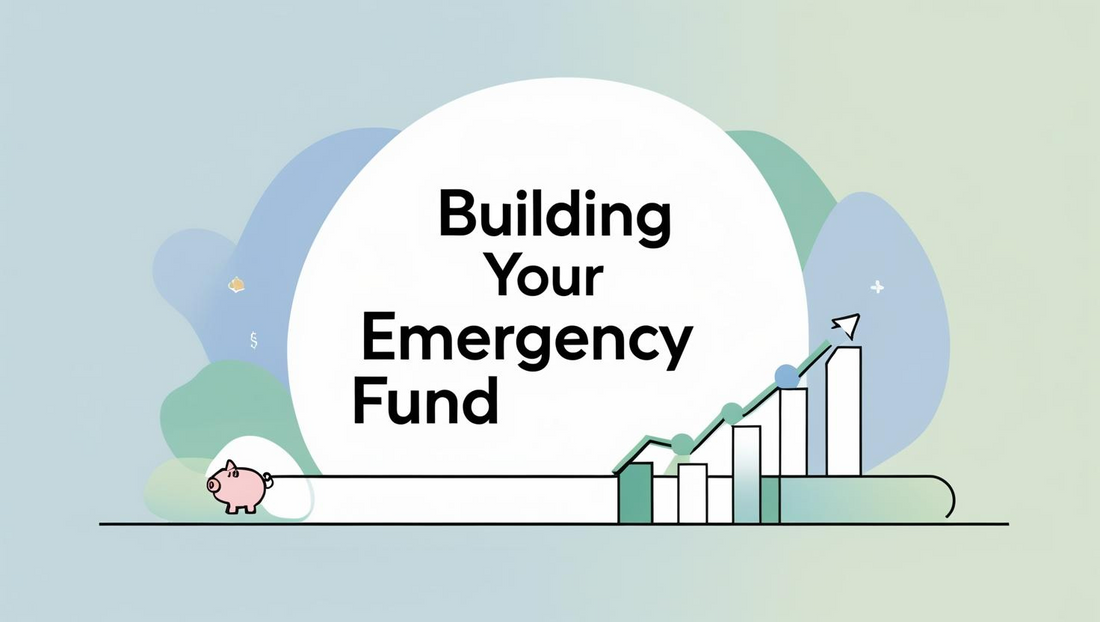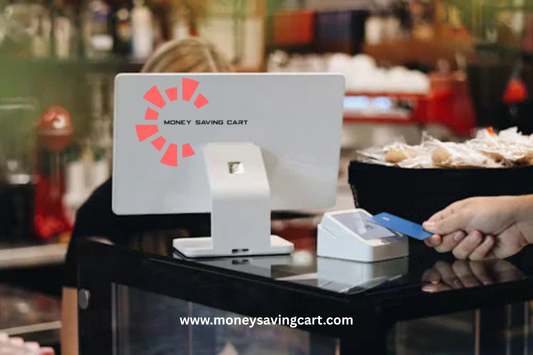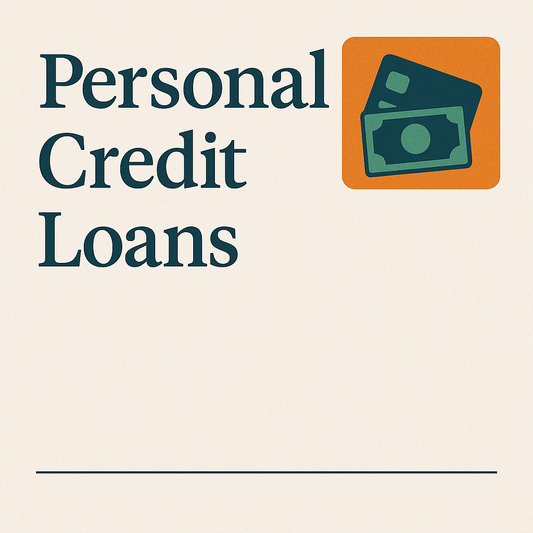
Why an Emergency Fund is Crucial and How to Build One Fast
When life throws a curveball—whether it’s a job loss, unexpected medical bill, or urgent car repair—having an emergency fund can be the difference between staying afloat or going into debt. Many people talk about financial planning, but one of the most essential and often overlooked aspects of it is how to build an emergency fund. This blog post will break it down for you: why it matters, how much you need, and the best strategies to grow it fast.
What is an Emergency Fund?
An emergency fund is a stash of money set aside specifically to cover unexpected expenses. Think of it as a financial safety net. The purpose of an emergency fund is not to fund vacations or shopping sprees, but to protect your long-term finances when the unexpected occurs.
Common Emergencies Include:
● Sudden medical expenses
● Job loss or reduced income
● Urgent car or home repairs
● Emergency travel
Having this financial cushion brings financial security, allowing you to handle emergencies without dipping into credit cards or loans, which often come with high-interest rates.
Why an Emergency Fund is Crucial
1. Reduces Stress and Anxiety
Knowing that you have money to fall back on can reduce the mental burden of unexpected costs. Financial stress is one of the top causes of anxiety, but with an emergency fund, you can feel more in control.
2. Avoids Debt Traps
Without savings, many people resort to credit cards or payday loans in times of need. These often lead to long-term debt. Having an emergency fund prevents this spiral by providing quick access to cash.
3. Supports Better Decision-Making
When you’re not in a financial panic, you're more likely to make rational choices. Whether it's a job change or health-related decisions, having a financial cushion gives you the freedom to choose what’s best without worrying about money.
4. Boosts Financial Independence
Having your own safety net means you're not reliant on others—family, friends, or even lenders—in times of crisis. It's a critical step toward full financial independence.
How Much Should You Save?
There’s no one-size-fits-all answer, but most financial experts recommend saving three to six months’ worth of essential expenses. If you’re just starting out, even $500 to $1,000 can be a game-changer for smaller emergencies.
Calculate Your Monthly Essentials:
- Rent or mortgage
- Utilities
- Food and groceries
- Transportation
- Insurance
- Debt repayments (if any)
Multiply the total by three or six to determine your target emergency fund.
How to Build an Emergency Fund Fast
Here’s where we get into the nitty-gritty. Building an emergency fund might sound like a slow process, but with the right plan, you can save money quickly and efficiently.
1. Set a Specific Goal
Break your total savings goal into small milestones. Instead of thinking “I need $5,000,” aim for the first $500, then $1,000, and so on. Every small win counts!
2. Open a Separate Savings Account
To avoid the temptation of spending, open a dedicated savings account for your emergency fund. Choose a high-yield savings account so your money earns interest while it sits.
3. Automate Your Savings
One of the best personal finance tips is to “set it and forget it.” Set up automatic transfers from your checking account to your emergency fund. Even small amounts like $10–$25 per week can add up.
4. Cut Unnecessary Expenses
Review your monthly spending and eliminate non-essentials. This might mean:
● Canceling unused subscriptions
● Cooking at home more often
● Cutting back on impulse purchases
Then redirect the savings to your emergency fund.
5. Use Windfalls Wisely
Tax refund? Bonus? Cash gift? Instead of spending it all, deposit a portion—if not all—into your emergency fund. These are perfect opportunities to make big progress quickly.
6. Take a Side Gig
If you’re serious about building your emergency fund fast, consider short-term gigs like:
● Freelancing
● Tutoring
● Pet-sitting or dog walking
● Selling items you no longer need
Apply all profits directly to your emergency fund.
7. Challenge Yourself
Try savings challenges to make the process fun:
● 52-week challenge: Save $1 in week one, $2 in week two, and so on.
● No-spend challenge: Choose a week or month where you spend only on essentials.
Gamifying your savings journey can boost motivation.
8. Track Your Progress
Use a budgeting app or even a visual tracker like a jar image to see your progress. Watching your emergency fund grow is a great motivator to keep going!
Where to Keep Your Emergency Fund
While a savings account is ideal for accessibility and interest, consider these options:
● High-yield savings accounts: Better interest than standard savings
● Money market accounts: Offer liquidity and slightly higher returns
● Certificates of deposit (CDs): Only if you don’t need immediate access
Avoid investing your emergency fund in the stock market—it needs to be safe and accessible.
What NOT to Do With Your Emergency Fund
● Don’t use it for non-emergencies like vacations or shopping
● Don’t mix it with your regular checking account
● Don’t invest it in risky assets
● Don’t forget to replenish it after use
Rebuilding After Using It
If you’ve had to dip into your emergency fund, that’s what it’s there for! Just make sure to replenish it as soon as possible using the same fast-saving strategies mentioned above.
Final Thoughts
Building an emergency fund isn’t just smart—it’s necessary. It provides financial security, peace of mind, and a buffer between you and unexpected expenses. Start small, stay consistent, and celebrate milestones. Whether you're just starting out or fine-tuning your financial planning, an emergency fund should be your number one priority.
So, stop wondering how to build an emergency fund—you now have the tools, tips, and motivation to start today!
Take Action Now:
✅ Set your emergency savings goal
✅ Open a dedicated savings account
✅ Automate a weekly deposit
✅ Eliminate one unnecessary expense
✅ Watch your fund grow!
👉 Explore our Premium Business Coaching Services — personalized guidance to help you launch smarter, grow faster, and avoid costly missteps.
At Money Saving Cart, we believe in building with purpose. When life gets challenging, you don’t fold—you pray, you rise, and you create something meaningful.
Your idea? It’s powerful.
Your timing? Perfect.
Your next step? Just one click away.
🔗 Start Your Business Formation Today!
Let’s build something great—together.
— Danel Homméus AKA DaHo
Writer | Founder | Consultant | Entrepreneur | Philanthropist








